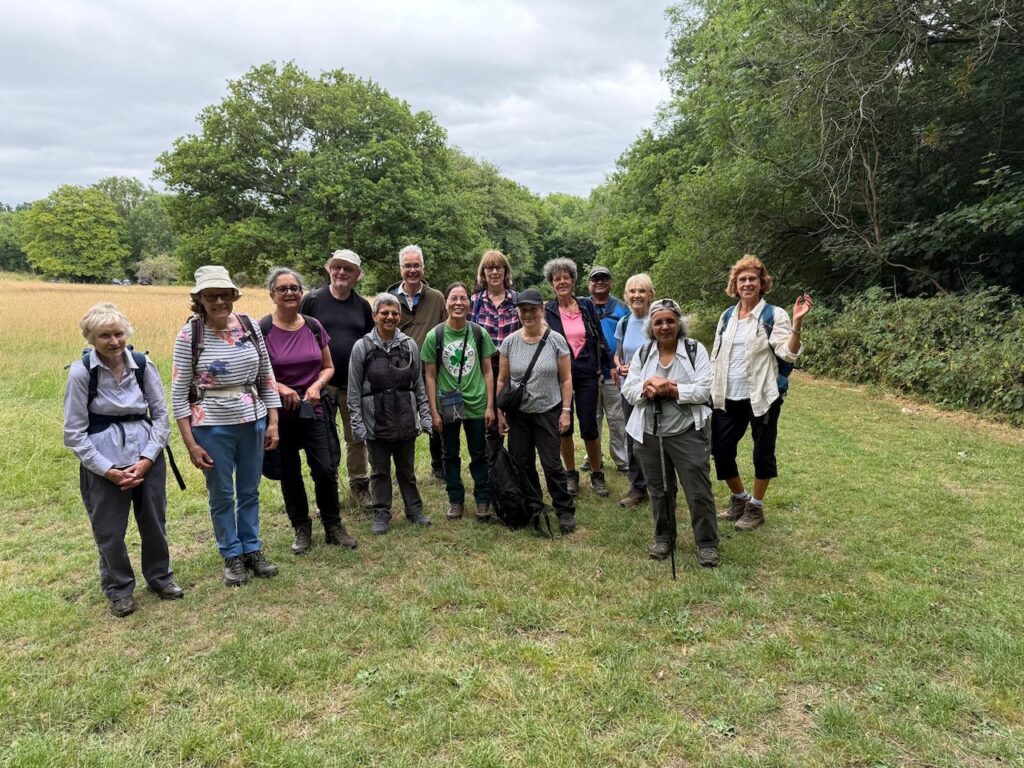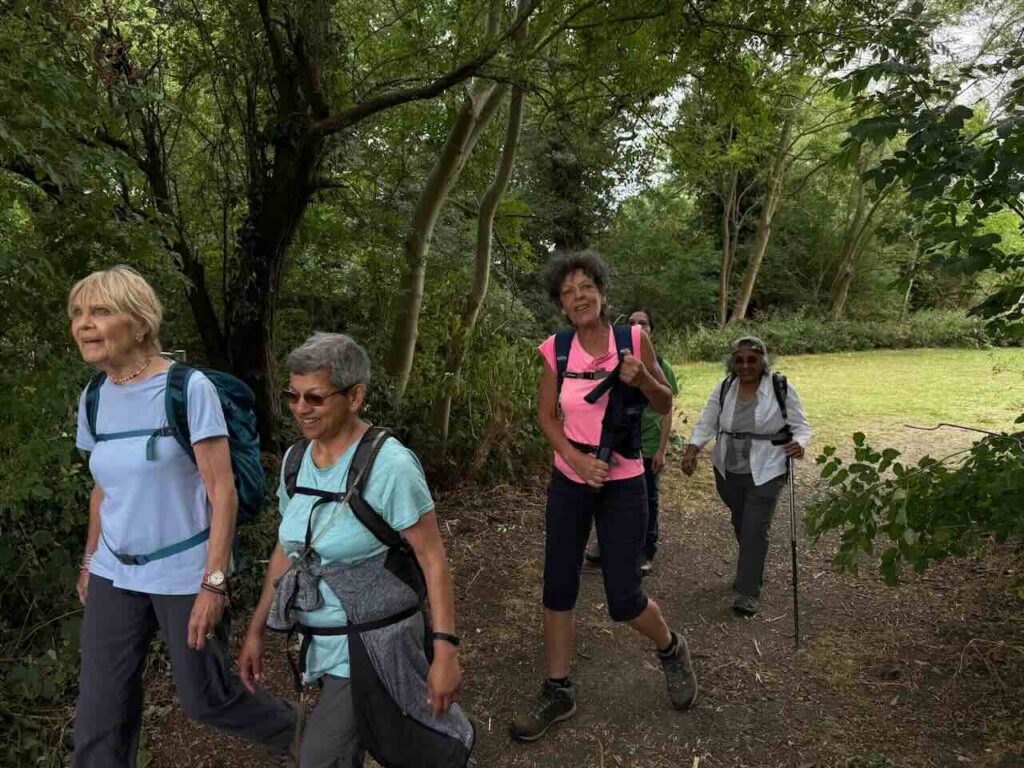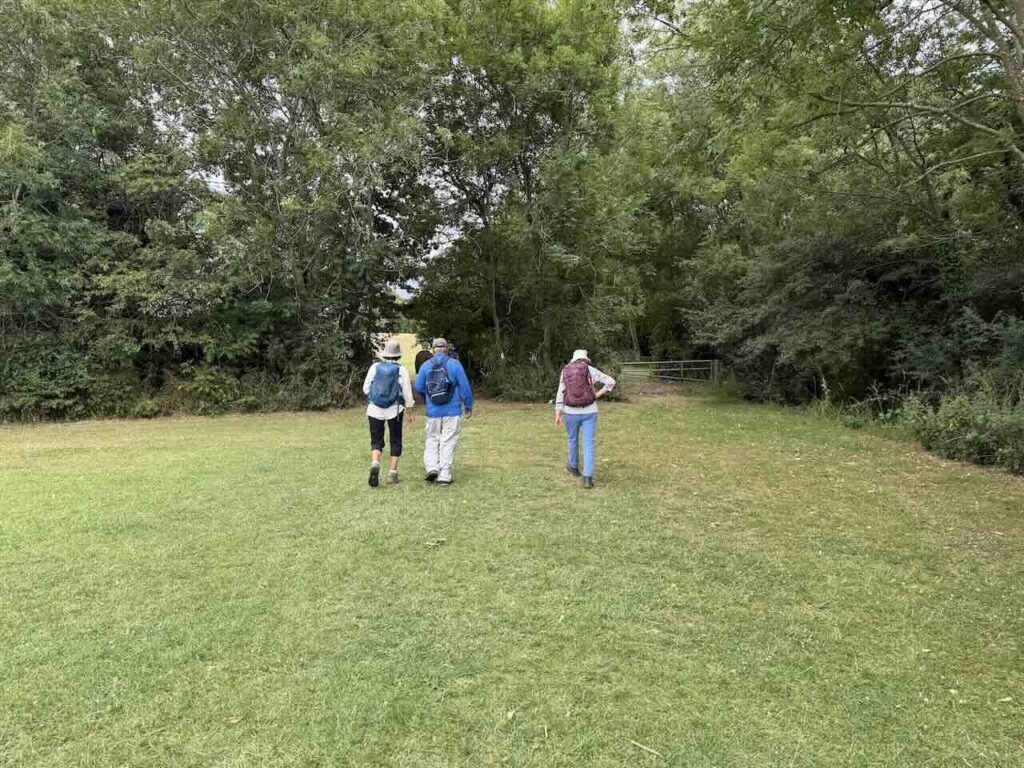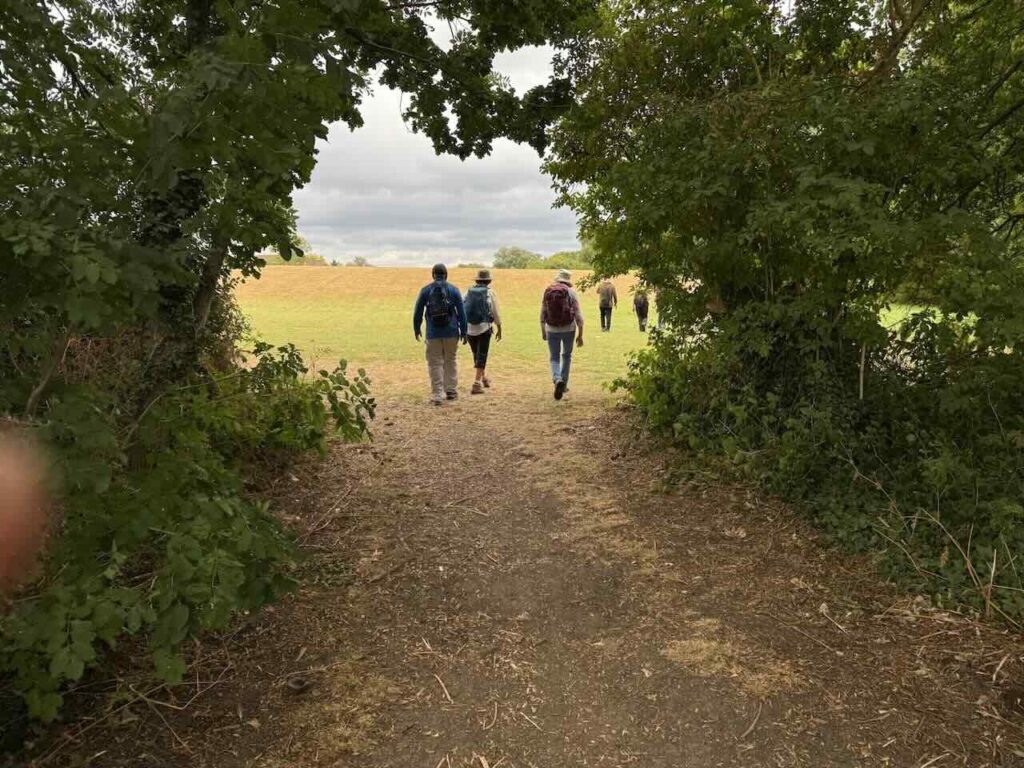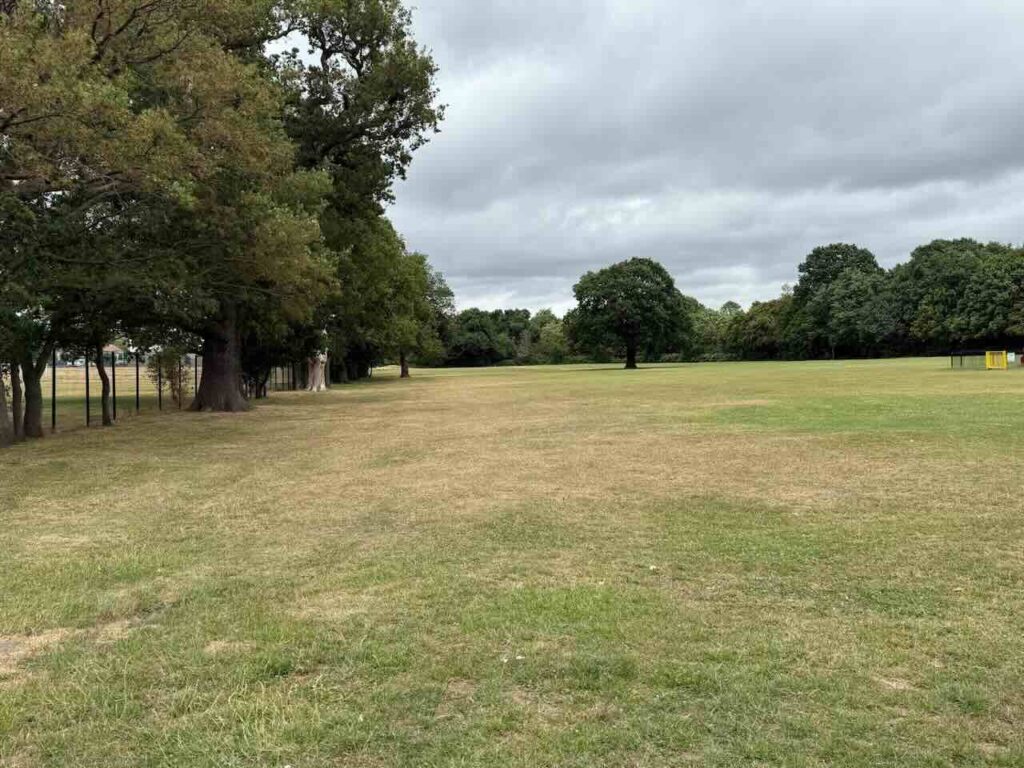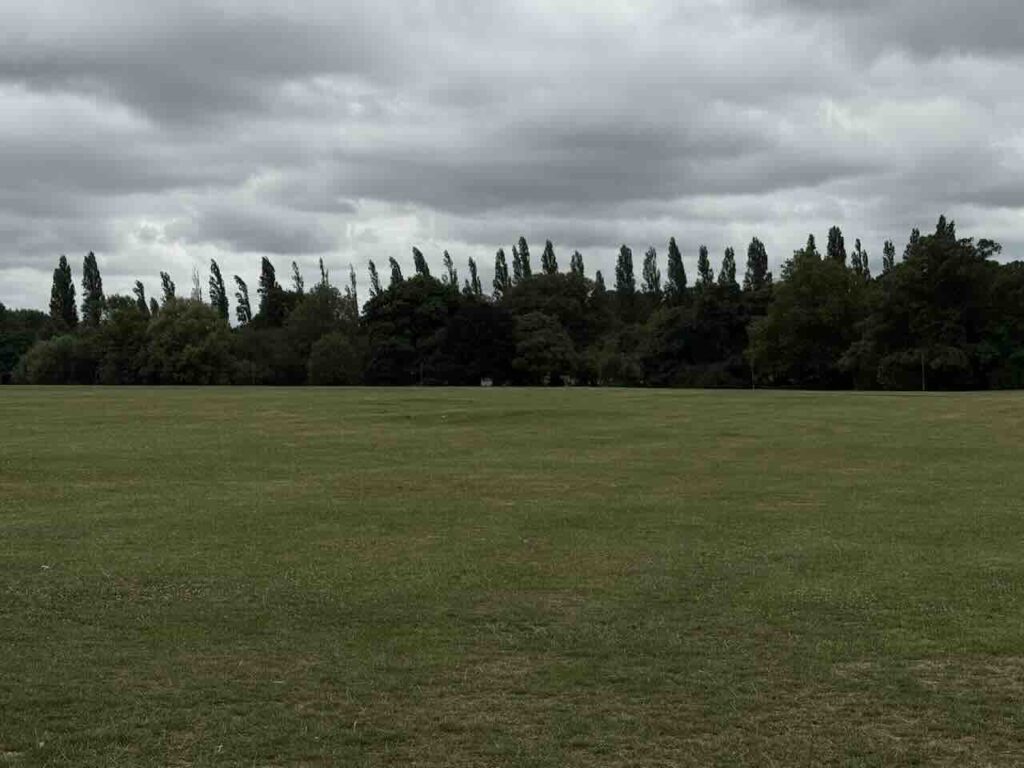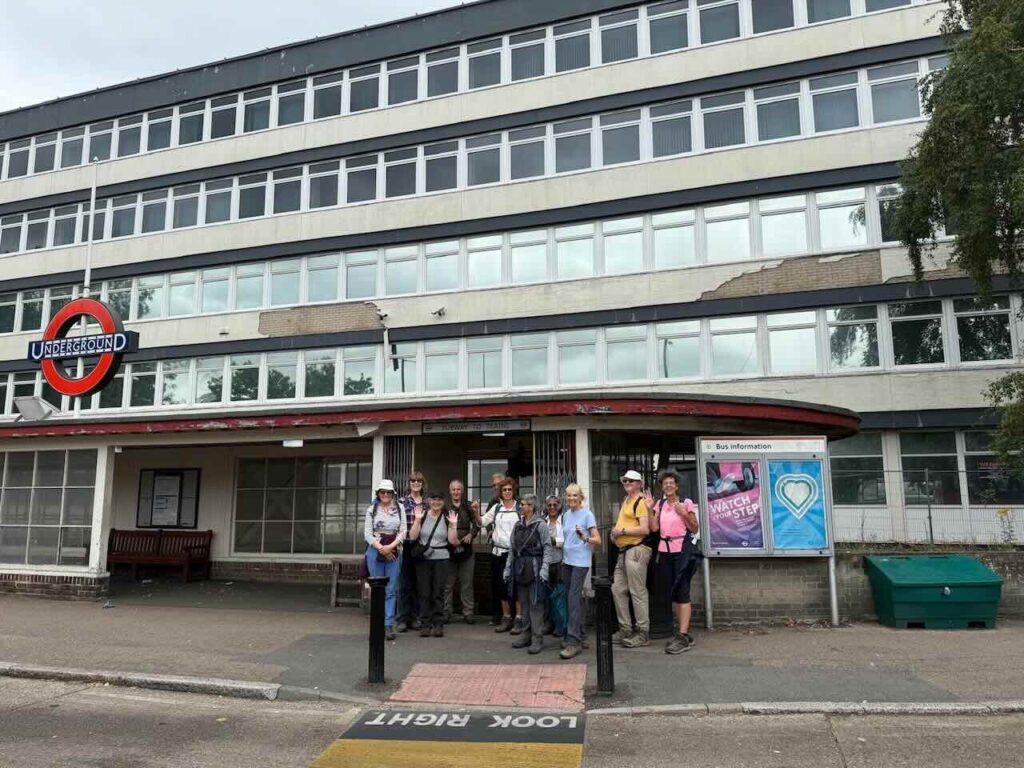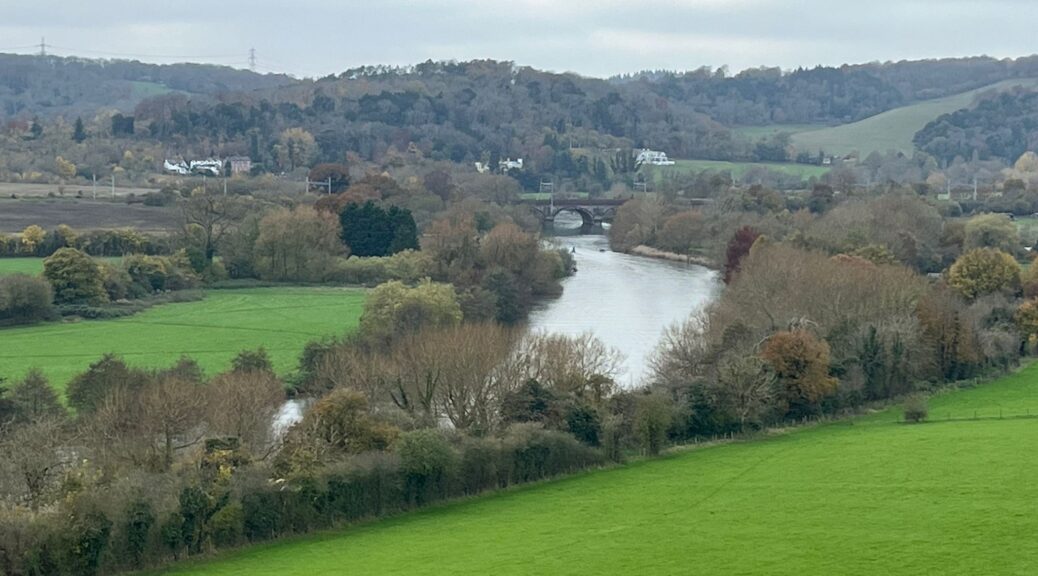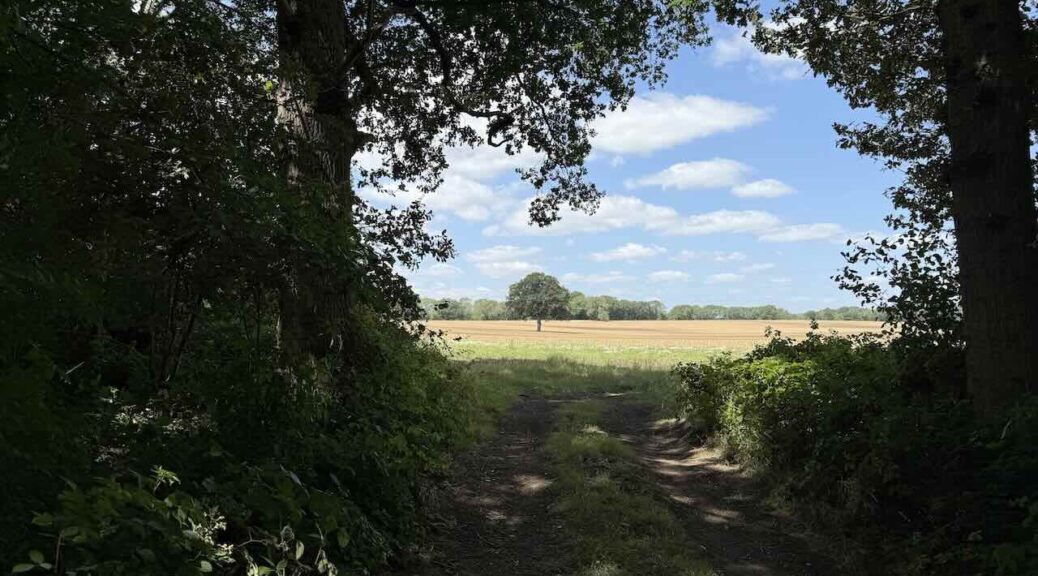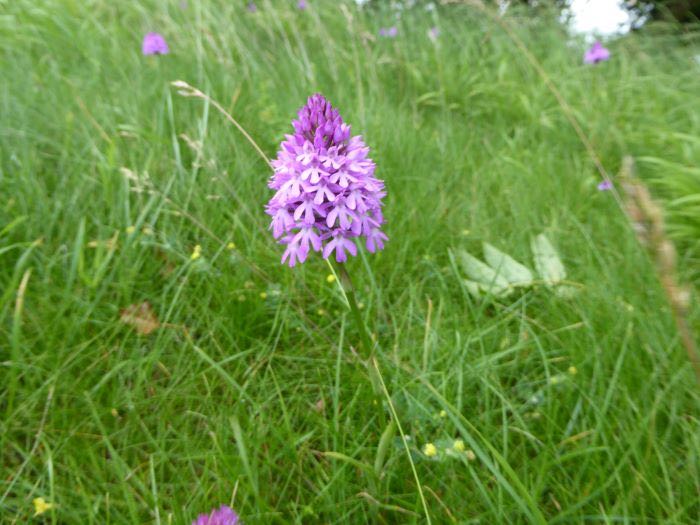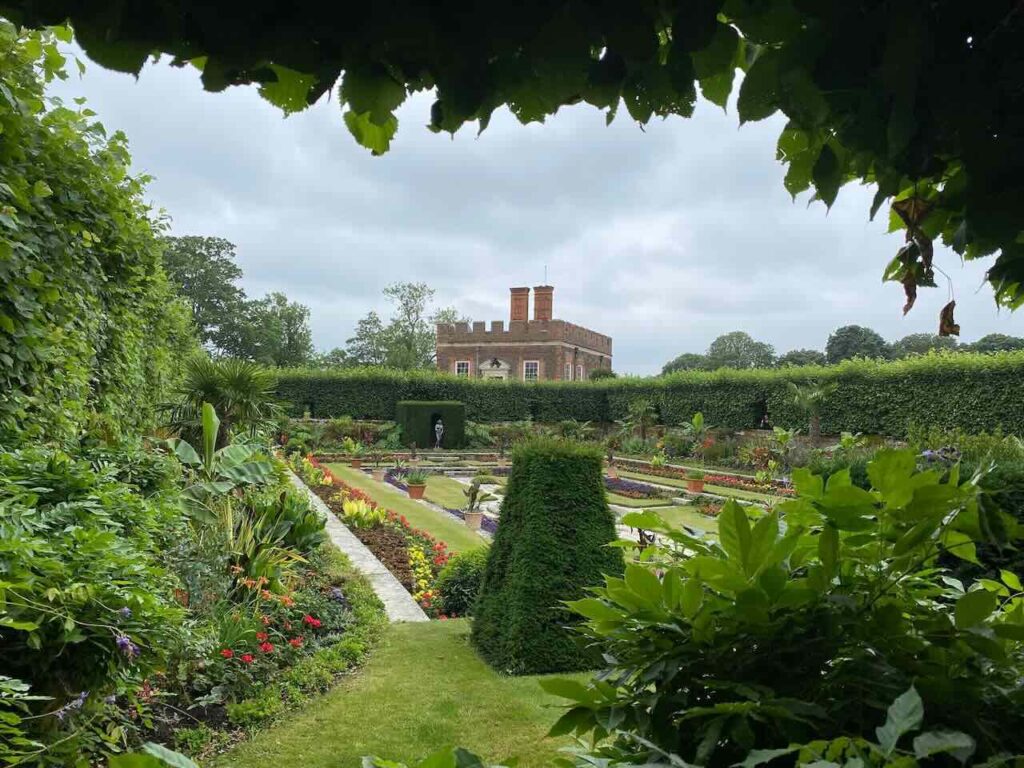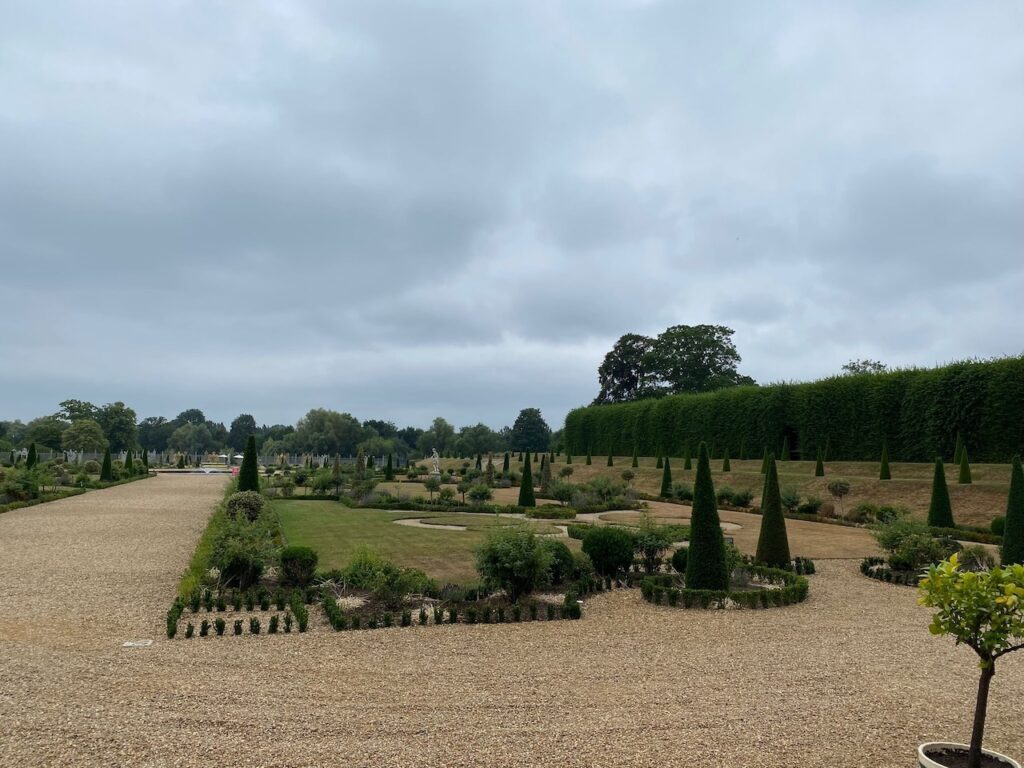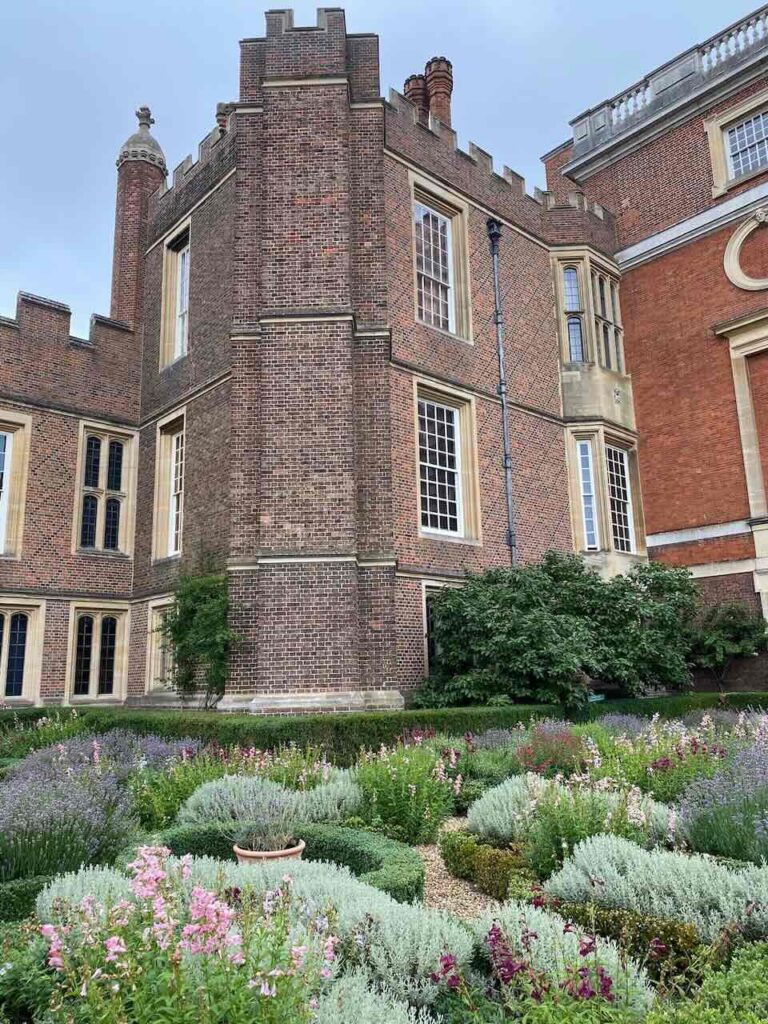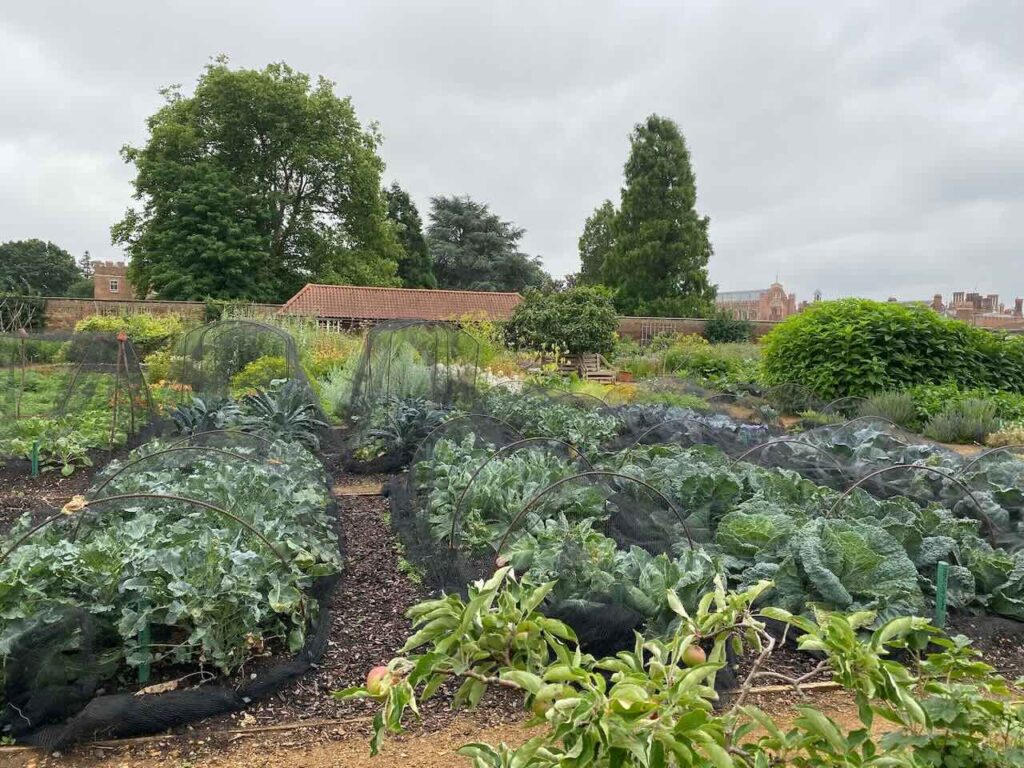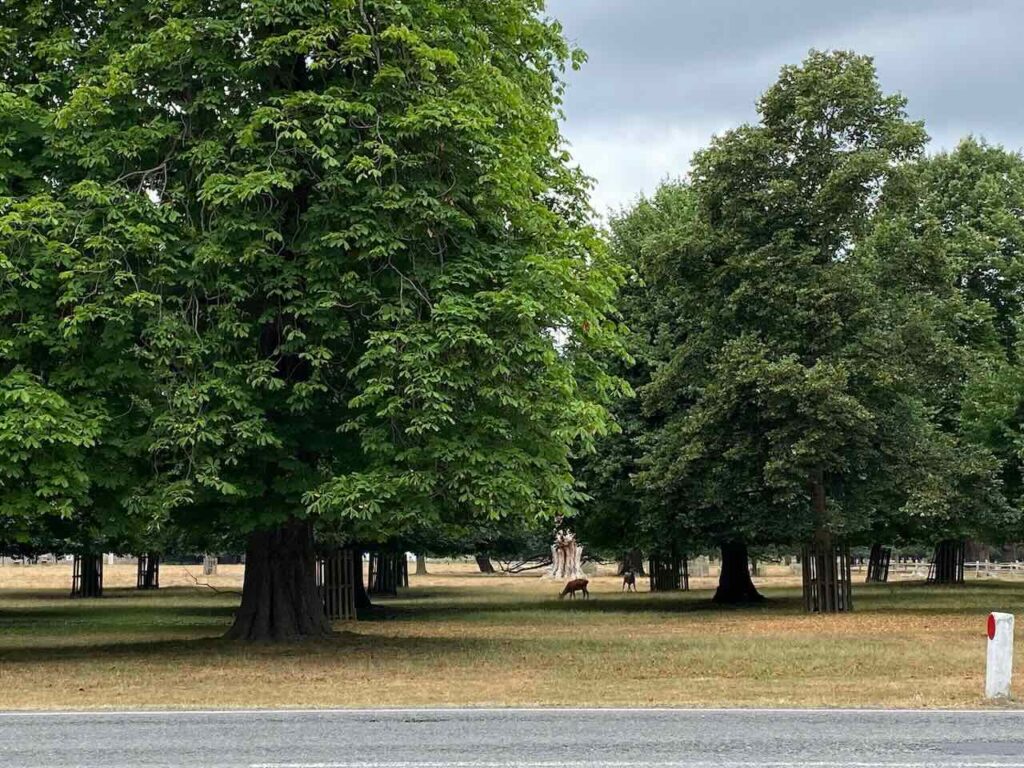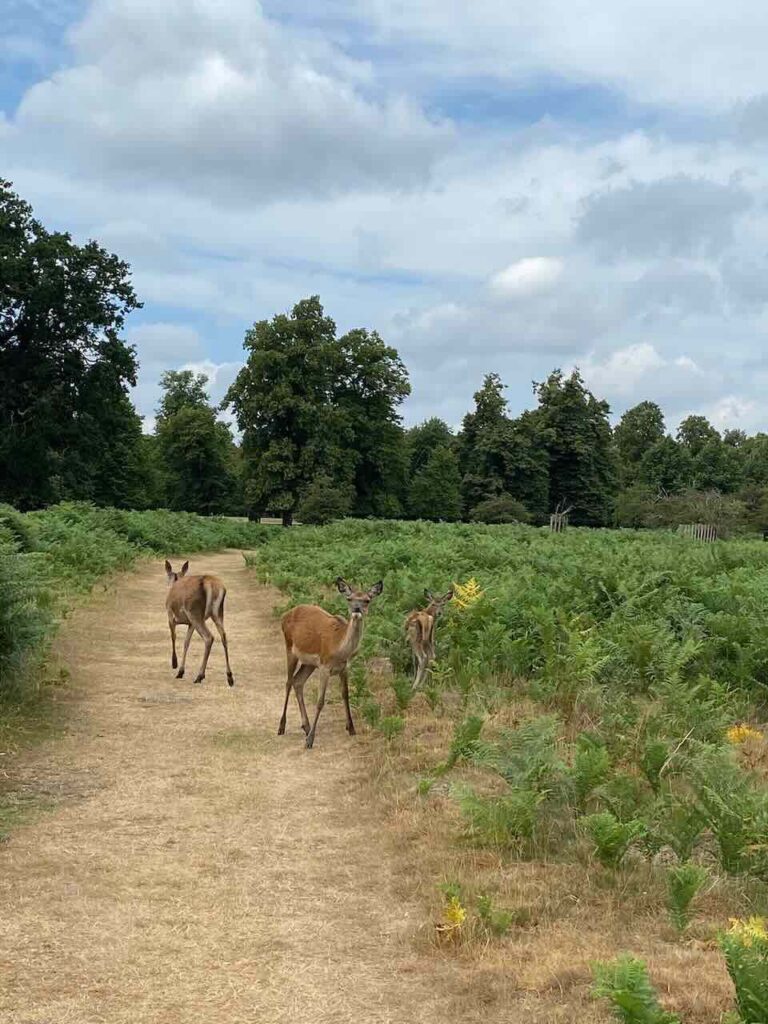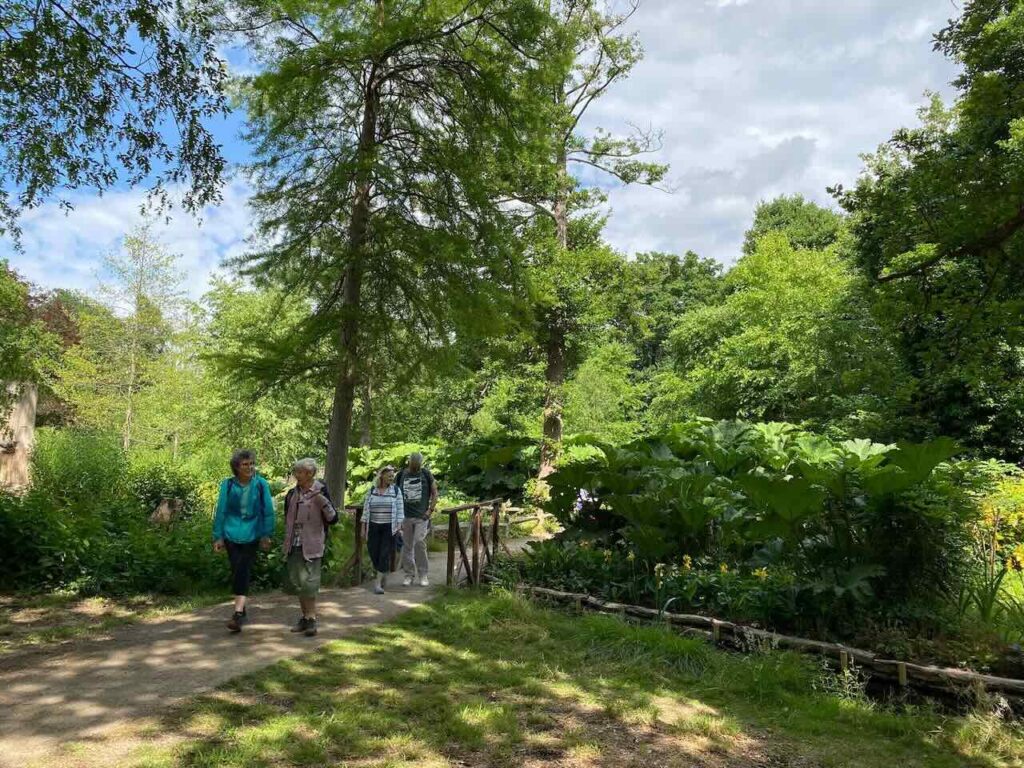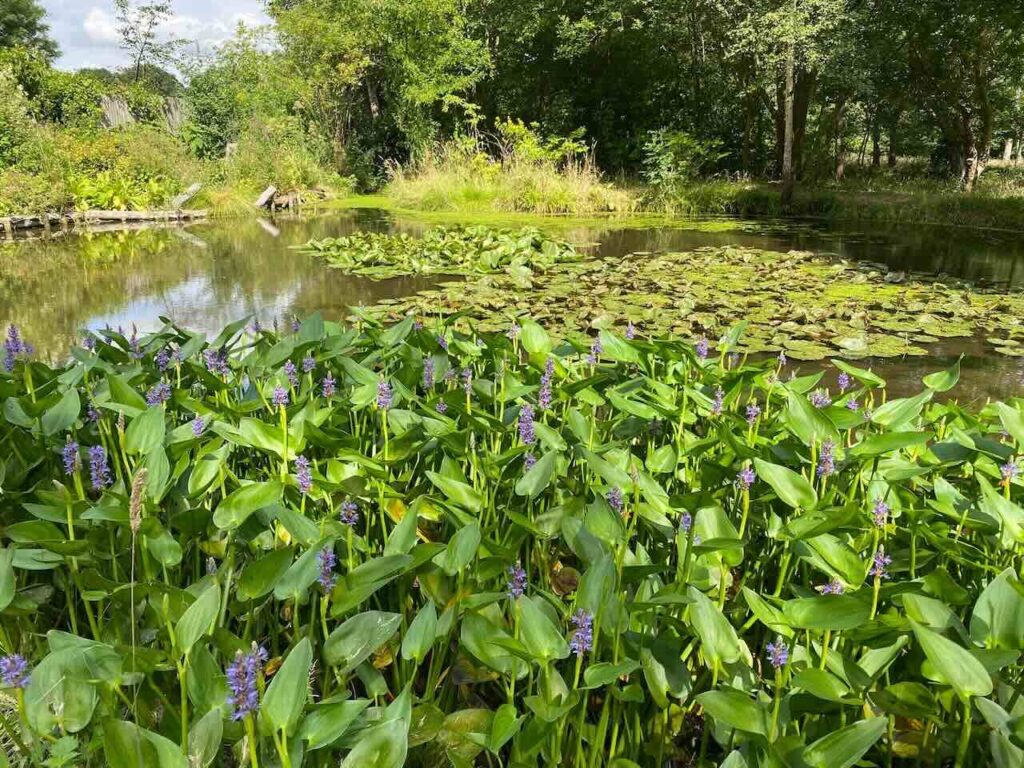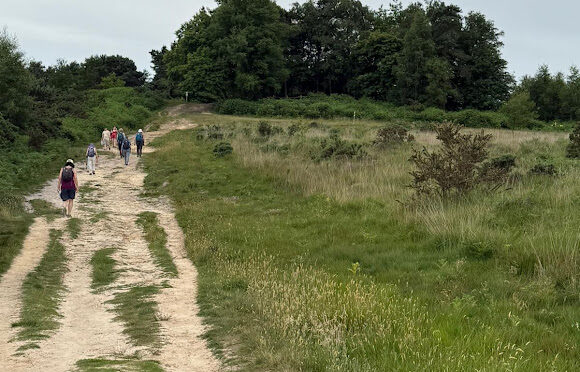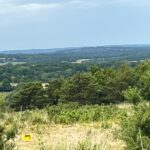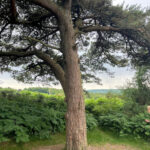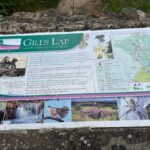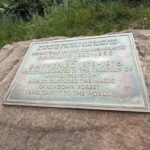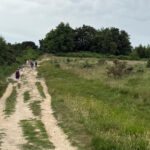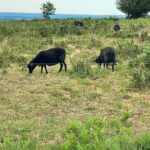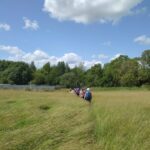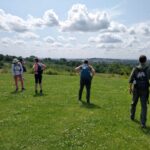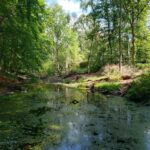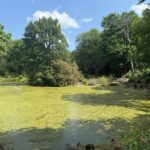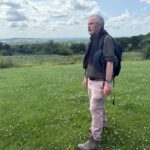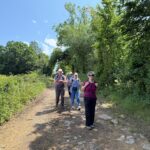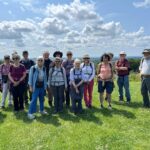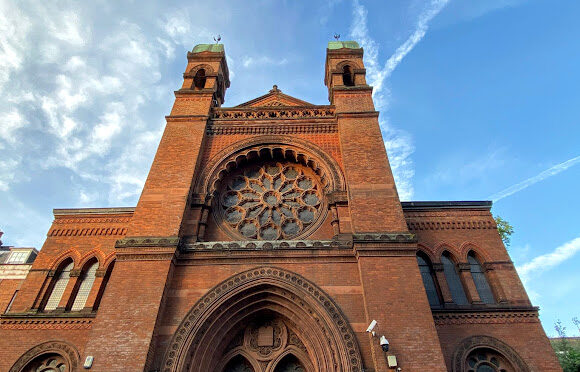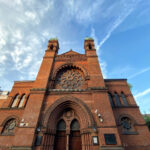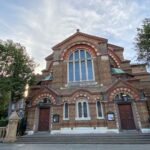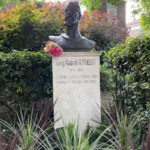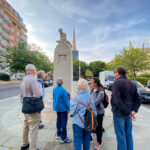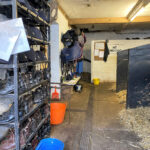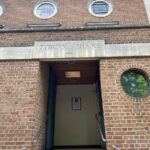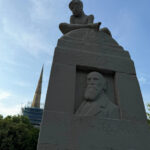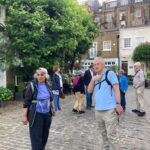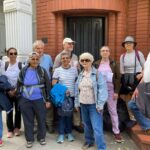Eleven Poly Ramblers came on this 3-mile linear walk between Marble Arch and Queensway weaving in and out of Bayswater Road. We passed newly renovated Marble Arch designed by John Nash for Buckingham Palace but moved to this site in 1851. Then we saw the site of the Tyburn gallows, the principal place of public execution between 1388-1783 and went to see the Tyburn Convent where an order of nuns perpetuates the memory of the 105 Catholic martyrs. At No 10 Bayswater Road is London’s smallest house. The beginning of the walk was in the Hyde Park Estate which covers 90 acres bordered by Sussex Gardens, Edgware Road and Bayswater Road. Most of the freehold interests within the Hyde Park Estate (approximately 1,700 residential, commercial and retail properties) are owned by the Church Commissioners for England.
We passed the parish church of St John the Evangelist where the Horseman’s Sunday service used to be held every September. The last service took place in 2017. It was a Christian Blessing by the vicar of St John’s Church, and it followed morning service at the church (for pedestrians only!). The horses assembled outside the church entrance and the vicar performed his Blessing on horseback.
Then we continued to Bathurst Mews which still has two stables for those who want to ride in Hyde Park. We saw a few horses settled for the night in their stables – an unexpected sight in London. For those who are interested, private lessons are £145 ppph. Weight limit is 80kg/13 stones.
We stopped for a break at the Memorial to Reginald Brabazon 12th Earl of Meath which commemorates his philanthropic work. He is responsible for many of London ‘s public parks and the Green Belt around London. Next to it is the Lancaster Gate Memorial Cross which commemorates the residents of the Metropolitan Borough of Paddington who sacrificed their lives during the First World War.
We continued to Leinster Terrace where numbers 23 & 24 are only facades as the houses behind were pulled down when the Metropolitan Railway (now District and Circle Line) was constructed in 1868. These “fake houses” were built to cover the view of the underground railway. In Porchester Gardens is the statue of George Kastrioti Skanderbeg (1405-1468) who was an Albanian feudal lord and military commander who led a rebellion against the Ottoman Empire. The statue was installed as part of the City of Sculpture initiative created by the City of Westminster and was unveiled in 2012 on the 100th anniversary of Albanian independence. However there appears to be no Albanian connection to explain the choice of this site.
After Whiteleys (London’s first department store) – which has been redeveloped again and is now luxury flats, a luxury hotel and future luxury shops – we passed the Cathedral of St Sophia (Greek Orthodox), the church of St Matthews and the New West End Synagogue.
During the walk, we saw a few blue plaques telling us where William Makepeace Thackeray, WH Smith and Winston Churchill lived.
After joining Bayswater Road one last time, we arrived at Queensway Underground Station where the walk finished.
Dominique
